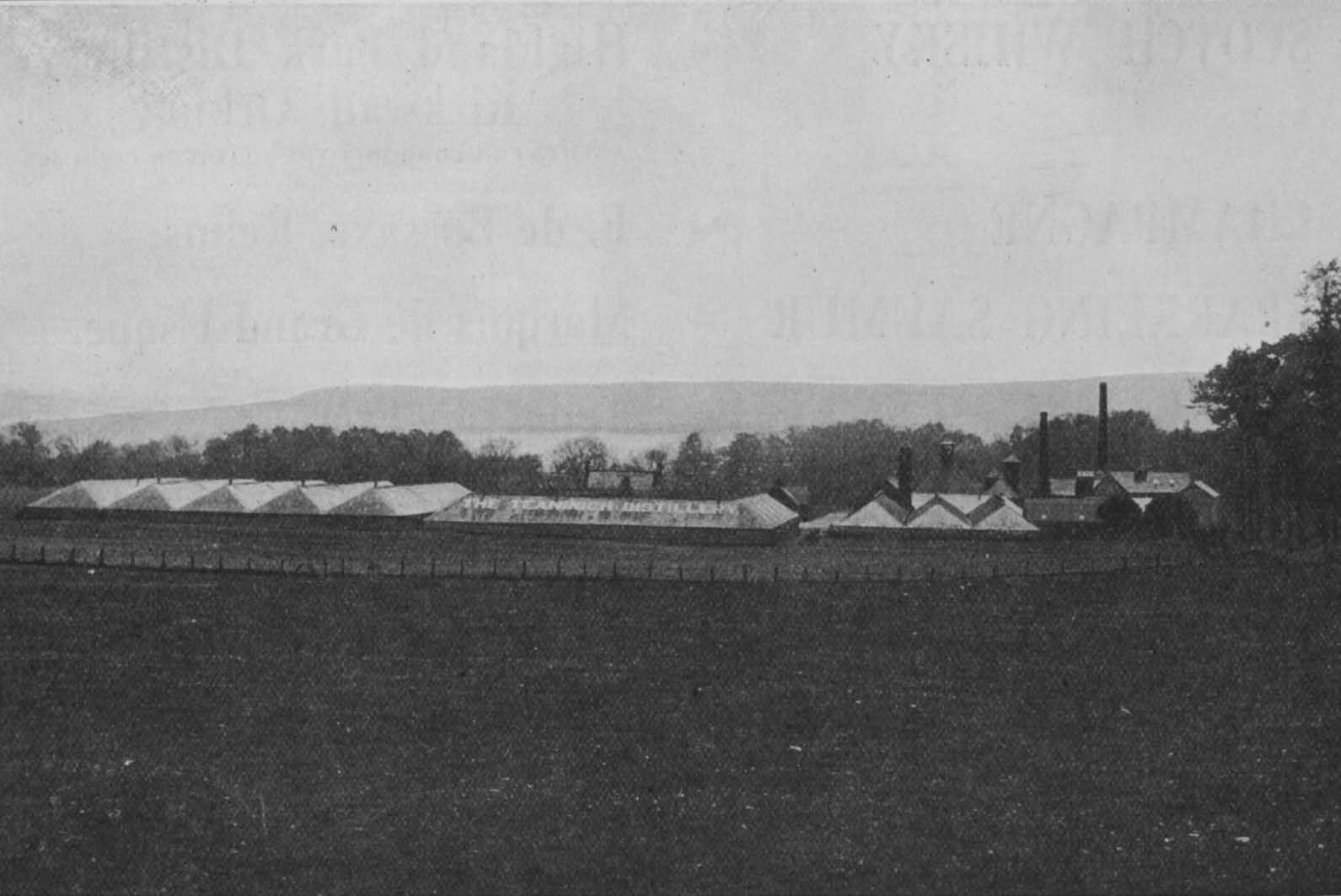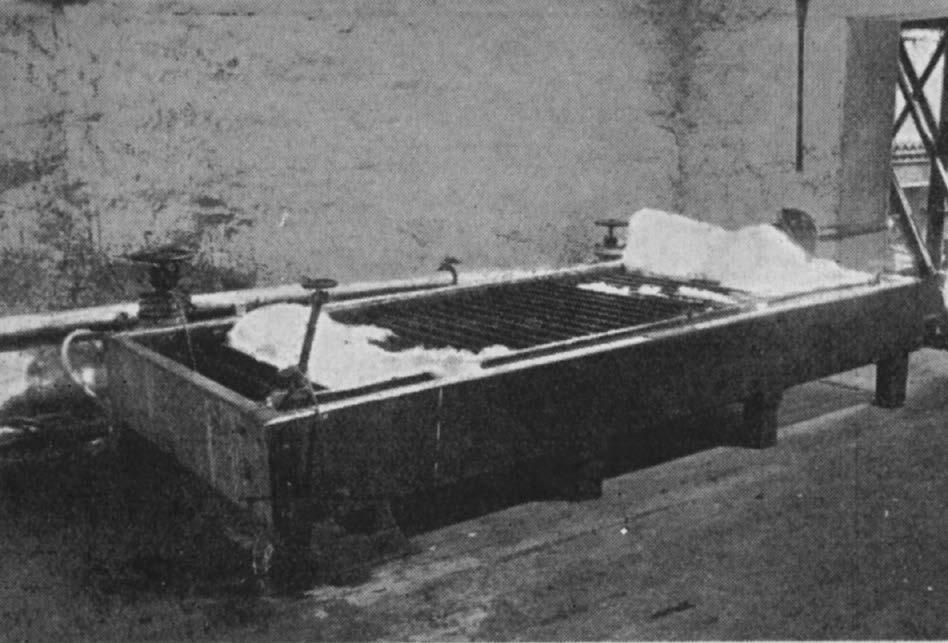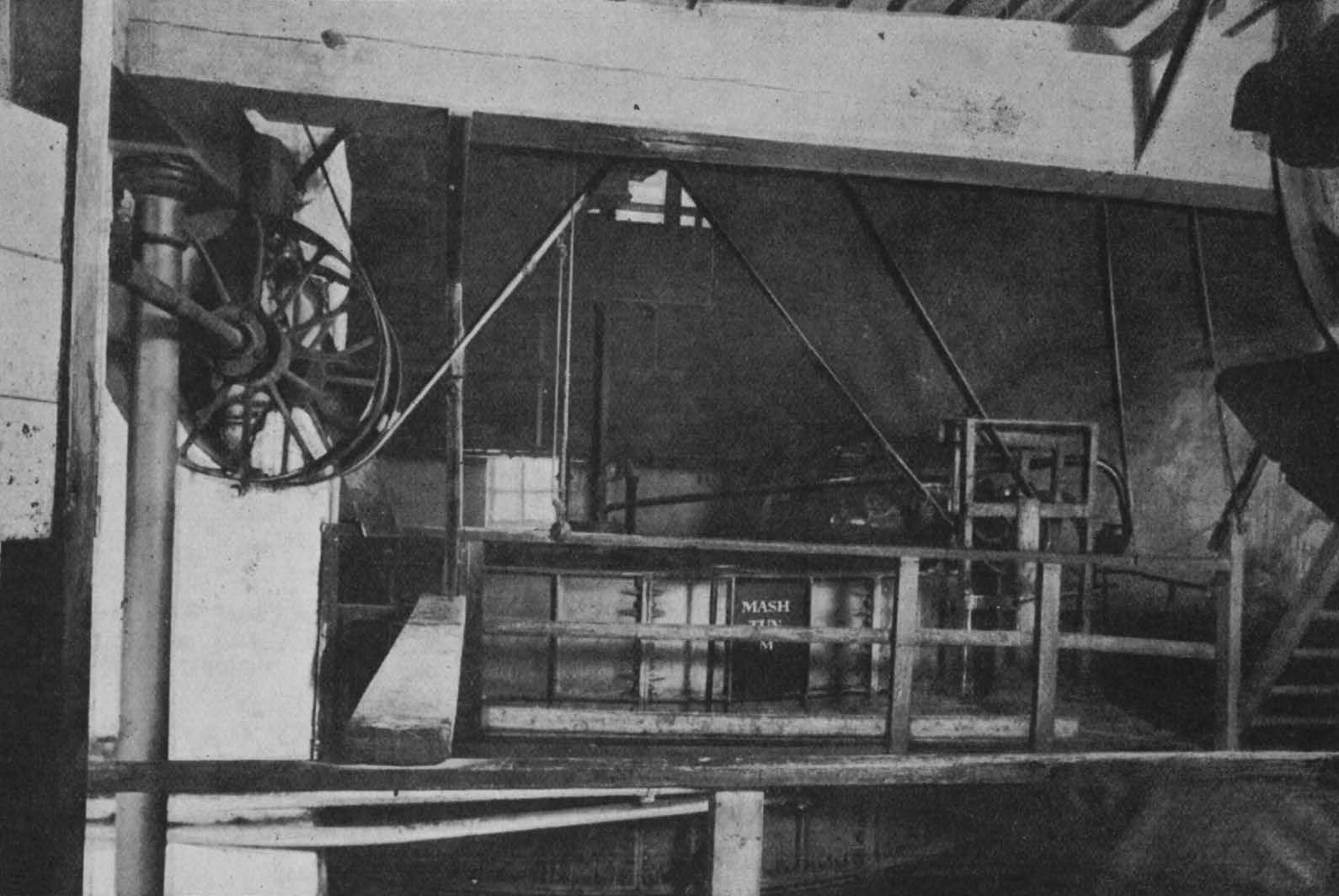LXXXIV
Teaninich Distillery, Alness.
June 13th, 1925
Teaninich Distillery lies in a wooded hollow, hard by the banks of the river Averon, which sparkles down from the rugged hills to meet the waters of Cromarty Firth, in the beautiful Highland region known as Easter Ross, the “garden of Ross-shire.”
There have been stirring times in the history of this tranquil part of Scotland, especially during the boisterous period of “the Fifteen” rebellion, when a stiff skirmish was fought by the river that now flows so peacefully past the grounds of Teaninich. The Jacobite Earl of Seaforth, with a force of three thousand men, drove back from the Averon at Alness loyal bands of Rosses and Munroes under Sir Roderick Munro, and forced them to retreat north to Bonar Bridge. This battle provided material for an amusingly satirical Gaelic poem entitled “Caberfeidh.”
As in “the Fifteen,” the sturdy Highlanders of Easter Ross, with a few exceptions, appear to have stood for the cause of the Government during the later rebellion of “the Forty-five.” One of the exceptions was the Earl of Cromartie, who raised four hundred men and marched to join the “Pretender’s” army. The sequel afforded an instance of the utter barbarism of civil wars, for there is no doubt that Cromartie’s men fought against other Ross-shire clansmen at the battle of Falkirk.
This distillery, one of the oldest in Scotland, was established in the year 1800. At that time legal distilleries were few, for illicit Whisky was made and consumed in large quantities, and could be sold for little more than half the price of the authorised liquor. Teaninich Distillery, it is interesting to observe, was one of three legal distilleries mentioned in a report on smuggling in the Highlands, compiled by Revenue Commissioners in 1824. Ross-shire seems to have been a stronghold of lawful distilling long before the passing of the Distillery Laws of 1823, for according to the Inverness Journal of 12th December, 1817, there were no fewer than six licensed establishments in the county, and not a single one in Inverness-shire!
The premises at Teaninich are in some respects old fashioned, but the vital machinery is sound and efficient. Ross-shire barley is used, and it is interesting to notice that the germinating floors consist of solid clay, dating from the foundation of the distillery. The three steeps hold 35 quarters each.
Passing from the maltings one crosses a yard to enter another old building, where the kiln furnace is almost hidden in a corner, and can just be discerned through a square trap-door, as though the premises had been built by smugglers anxious to conceal even the smouldering peats from the inquisitive eye of the law.
The touch of modern hands is, however, discovered in the mill-room, where the original roller mill has been replaced by one of the excellent Boby “two-high” machines. The mash-tun, an immense vessel capable of mashing 500 bushels at a time, also represents the last word in modernity. Four stills are maintained, and from a weekly mashing of 1,600 bushels some 4,000 gallons of Whisky are produced. The warehouses, which are all single floored, can hold over a million gallons. The cooperage and peat sheds all merit inspection.
The water supply comes direct from Fyrish Hill to the north of the distillery, and is used for driving the plant as well as for brewing. A steam engine is also available, and the premises have been lit by electricity for the past thirty years. The distillery is owned by Mr. R. I. Cameron, of Elgin.
Images © The British Library Board








